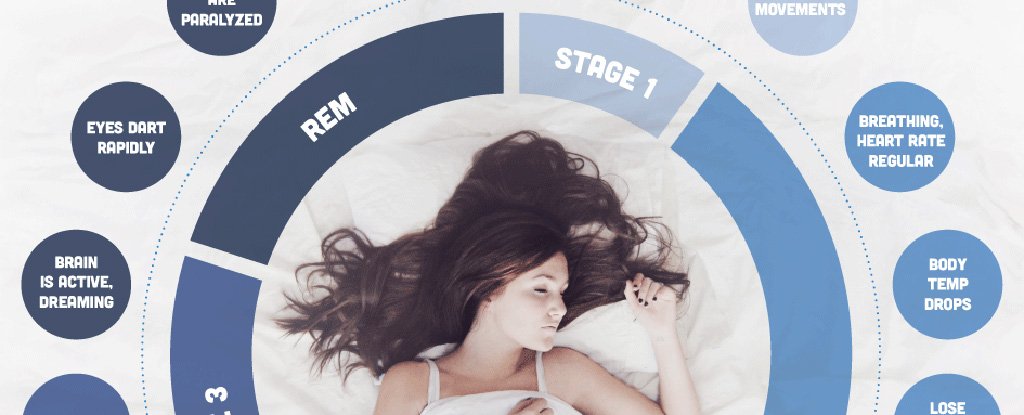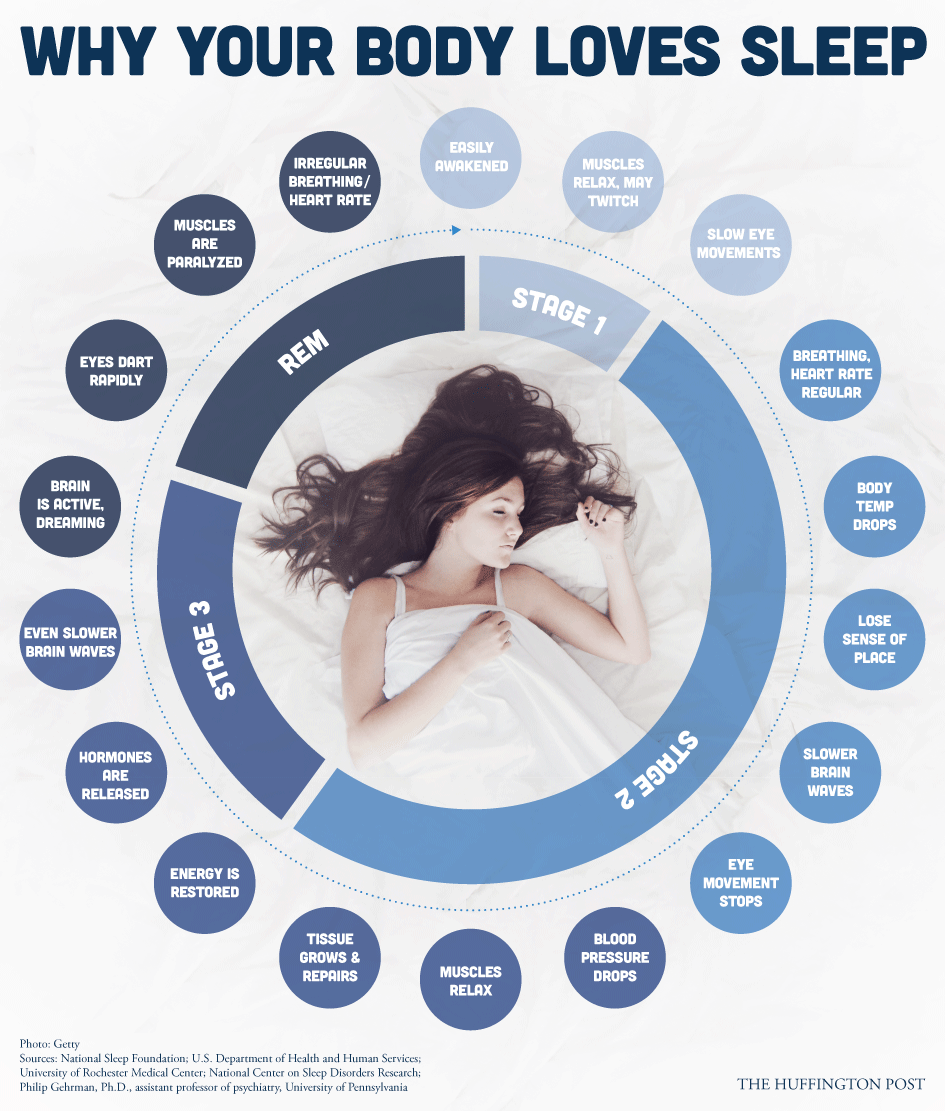Summary: REM sleep behavior disorder, or parasomnia, affects more than 80 million people worldwide. The disorder causes sufferers to experience nightmare-like violent dreams. Sufferers act on their dreams while sleeping, often resulting in violent or dangerous sleep behaviors and injuries. Researchers propose new guidelines, including medical and pharmacological recommendations, to help curb symptoms of parasomnia and promote healthier sleep.
Source: American Academy of Sleep Medicine
A new clinical practice guideline developed by the American Academy of Sleep Medicine provides recommendations for the management of REM sleep behavior disorder in adults.
The guideline, available online as an accepted paper in the Journal of Clinical Sleep Medicine, updates the AASM’s previous guidance published in 2010. Several clinical trials conducted in the last decade have contributed new evidence to the published literature, providing additional support for the recommendations.
“REM sleep behavior disorder is common, affecting more than 80 million people worldwide,” said lead author Dr. Michael Howell, chair of the AASM task force and a professor and division head of sleep medicine in the department of neurology at the University of Minnesota in Minneapolis.
“This clinical practice guideline provides clinicians with insight on how best to prevent sleep-related injury and how to provide patients with a risk assessment for neurological disease. The task force assembled by the AASM diligently reviewed thousands of clinical studies to provide an up-to-date guideline for clinicians managing REM sleep behavior disorder.”
REM sleep behavior disorder is classified as a parasomnia, a group of sleep disorders involving undesirable physical events or experiences that happen while falling asleep, sleeping, or waking from sleep. REM sleep is characterized by rapid eye movements and dream activity, and it normally involves skeletal paralysis.
This paralysis — or muscle atonia — is lost in REM sleep behavior disorder, causing individuals to act out their dreams with potentially injurious behaviors. These dreams tend to be unpleasant, action-filled, or violent, with the dreamer being confronted, attacked, or chased by unfamiliar people or animals.
The symptoms of REM sleep behavior disorder are often ignored for years, usually until an injury occurs to the dreamer or the bed partner. REM sleep behavior disorder often occurs due to an underlying neurological disorder, such as dementia with Lewy bodies, Parkinson’s disease, multiple system atrophy, narcolepsy, or stroke.
The guideline provides recommendations for specific medications, such as clonazepam and immediate-release melatonin, that clinicians should consider when treating REM sleep behavior disorder in adults.
All of the recommendations are conditional, requiring the clinician to use clinical knowledge and experience, and to strongly consider the patient’s values and preferences, to determine the best course of action.
Treatment options also depend on whether the case of REM sleep behavior disorder is isolated, secondary to another medical condition, or drug induced.



